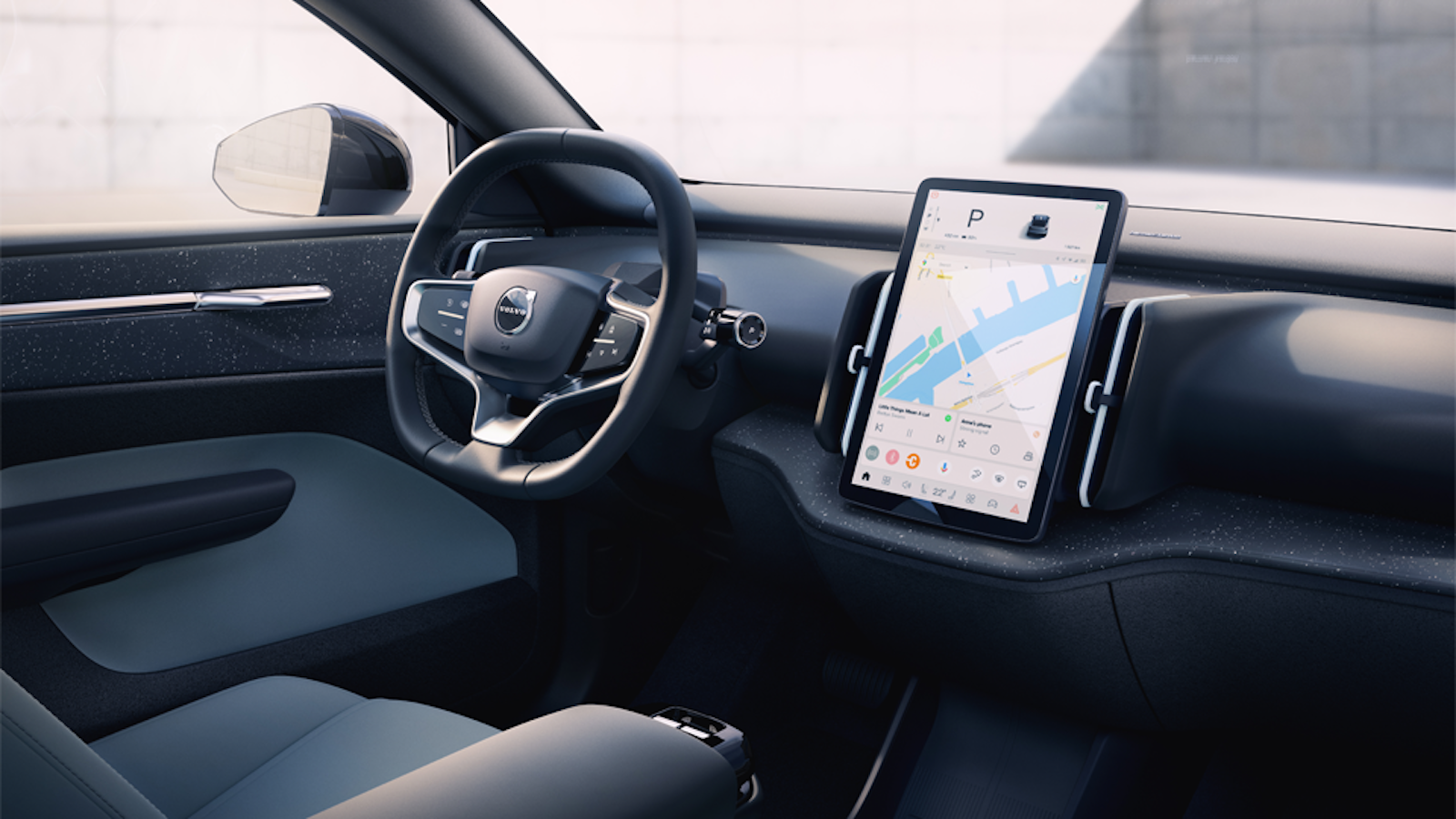Is replacing physical controls with touchscreens in cars a safety issue?
March 06, 2024 by John Rawlings

- Touchscreens often control in-car functions instead of physical controls
- There is concern that a driver’s attention is taken off the road ahead for longer when using a touchscreen rather than a physical control
- Euro NCAP will introduce new testing protocols in 2026 that will penalise car’s with everything controlled through a touchscreen
The increasing use of touchscreens in cars instead of physical buttons or switches on the dashboard is causing concerns about drivers having to take their attention off the road for longer than necessary.
Today’s cars have a lot more connectivity and the convenience, and designers are able to create sleek and modern-looking dashboards with large touchscreens, but some say that it is quicker and safer to still use physical controls for some essential functions.
Manufacturers may find that having too many controls operated through a touchscreen negatively affects its Euro NCAP safety ratings in the near future.

Euro NCAP says touchscreens can distract drivers because opening a menu to get the car’s software to perform a particular function takes the driver’s attention away from the road for longer than if using a regular button or control on the dashboard.
Matthew Avery, Euro NCAP’s Director of Strategic Development said: “New Euro NCAP tests due in 2026 will encourage manufacturers to use separate physical controls for basic functions in an intuitive manner, limiting eyes off road time and therefore, promoting safer driving. Euro NCAP is seeking to ensure that the safety of motorists is not compromised by manufacturers overcomplicating basic driving functions. Potentially, Euro NCAP is concerned that the increasing use of touch screens in vehicles may lead to driver distraction. Our plan is that any car seeking maximum points for the highest safety rating of five stars must use buttons, stalks, or dials for five critical tasks: indicating directions, triggering hazard lights, sounding the horn, operating windscreen wipers, and activating the eCall SOS function,” said a Euro NCAP spokesperson.

One car that’s received criticism for having all its cabin’s controls operated through a touchscreen is the new Volvo EX30, especially as the brand is so well known for safety. For example, in Carwow’s review of the Volvo EX30, we noted: “It’s a bit annoying that you have to control everything through this display, from the glovebox to the door mirrors, meaning it’s not intuitive to quickly change things. It’s also fiddly to change your assistance settings on the move and requires quite a few button presses – there’s a shortcut button on the wheel, which would be a useful way to skip straight to the assistance menu, but that’s not currently possible.”

There’s no doubt that touchscreens make car interiors look modern and cool, but there are some valid concerns whether they’re a step forward in terms of in-car functionality, or a step backwards.















